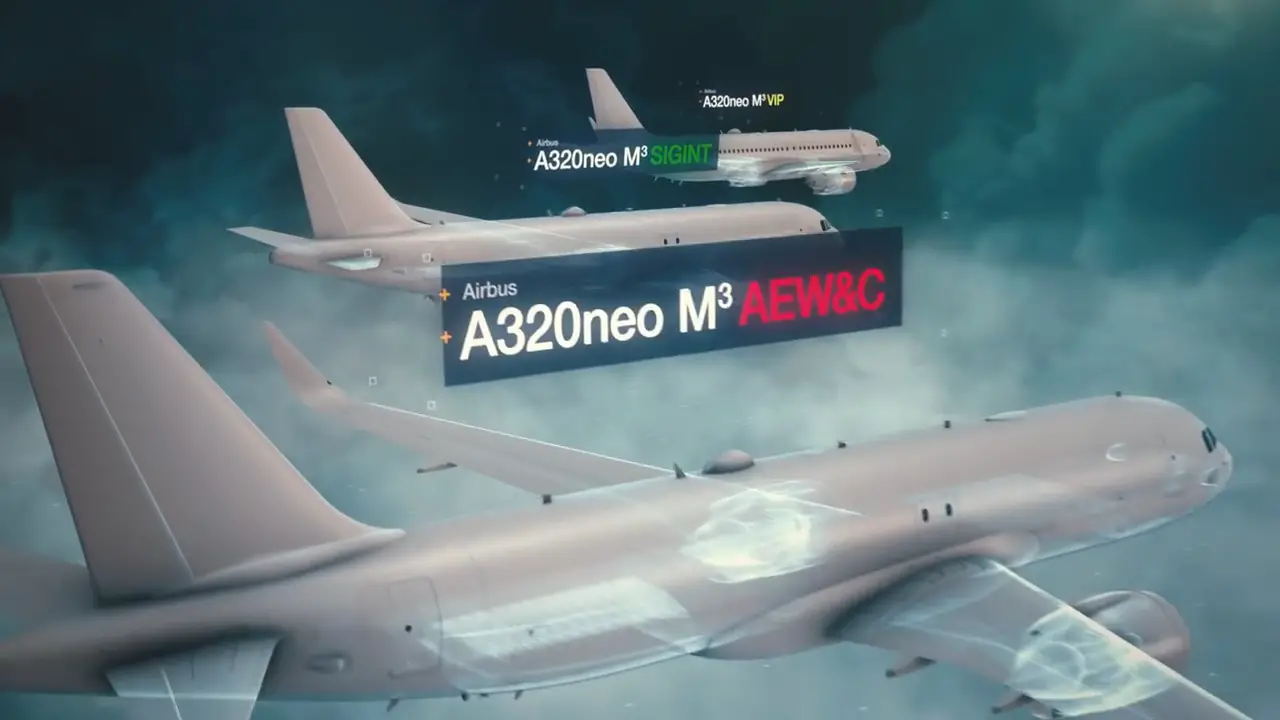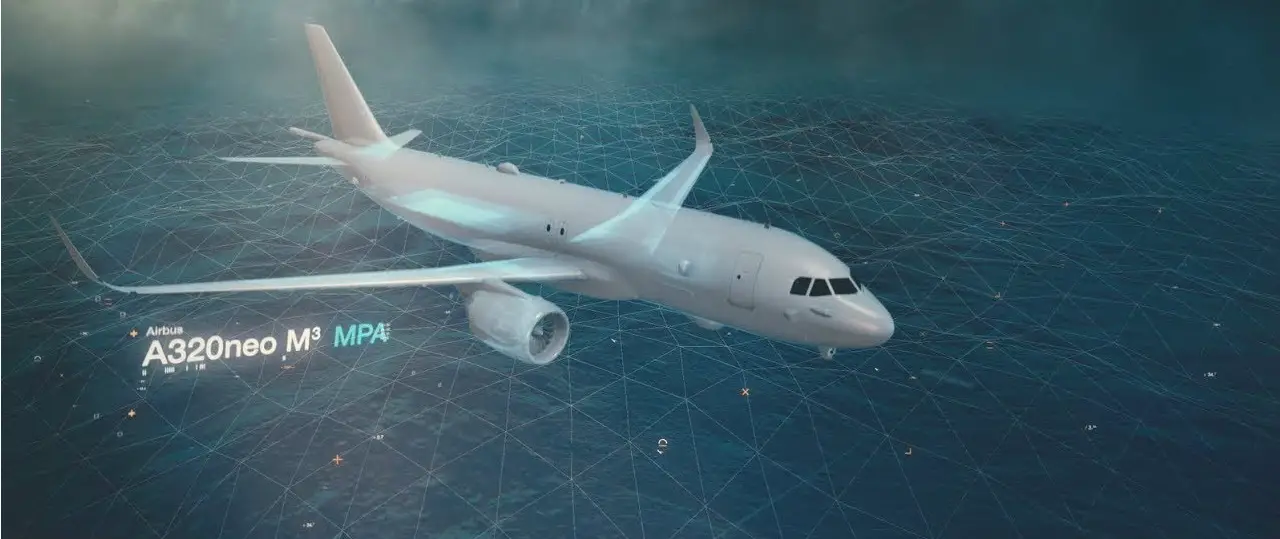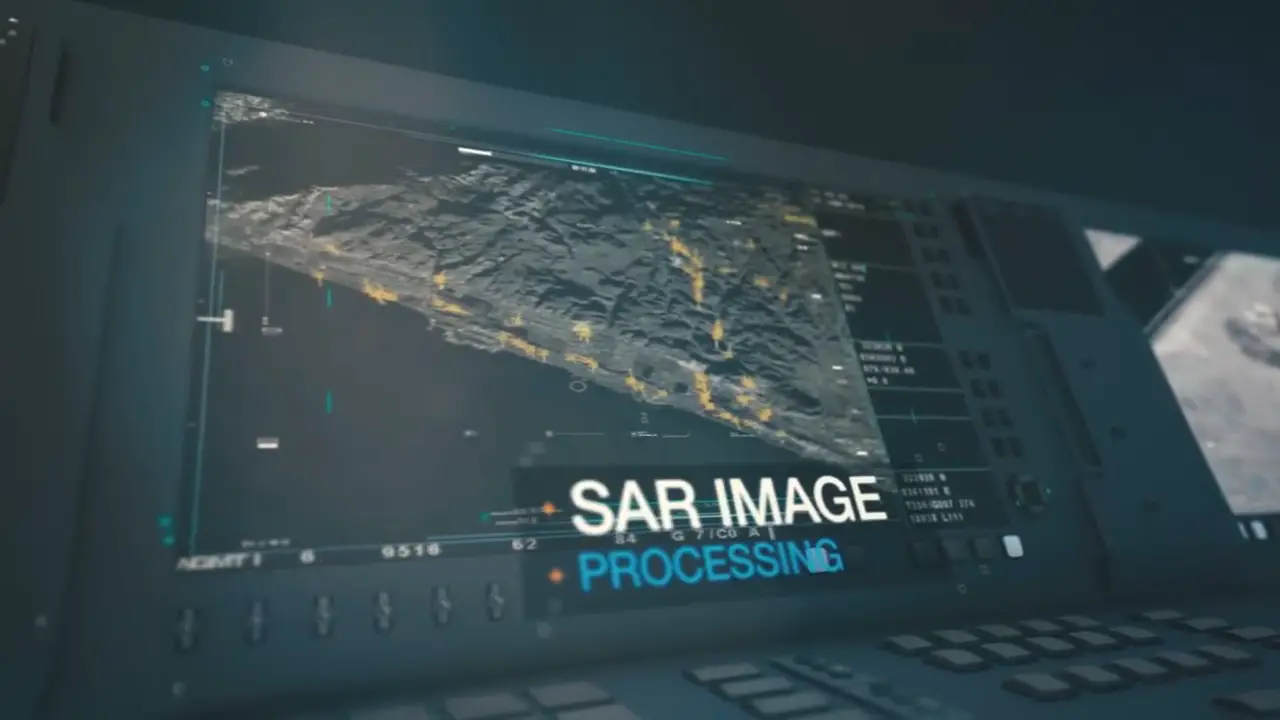Airbus introduced A320neo M3A (Modular Multi-Mission Aircraft) concept in July 2018. It is a military derivative of the Airbus A320 new engine option (NEO) twin-engine commercial jet airliner, which is designed and developed by the company. Having made its mark in the commercial airline sector, the A320neo is now being considered by Airbus for new applications: as a highly-capable and cost-effective platform for maritime patrol, airborne early warning and control (AEW&C), signals intelligence (SIGINT), and VIP transport. The aircraft will be capable of performing missions such as C4ISR (command, control, communications, computers, intelligence, surveillance and reconnaissance), maritime patrol, anti-submarine warfare, medical evacuation (medevac), as well as transportation of troops, passengers, VIPs, and cargo.
One of the biggest applications of the A320M3A is for maritime patrol and anti-submarine warfare, with countries in Europe and elsewhere seeking replacements for ageing aircraft – many of which will be encouraged to develop fleet commonality driven by the intensive growth of joint operations with member nations of NATO (North Atlantic Treaty Organization). Advantages in offering the new engine option (NEO) version of Airbus’ A320 commercial jetliner include an extensive capability for growth in a fuselage cross-section that is wider than its competitor in the same size category, the long range and endurance, as well as the lowest operational and life-cycle costs in its class. Other pluses for the A320M3A are the aircraft’s high reliability (proven in airline service), and the resources of an established worldwide supply chain and training network.

The airframe of the A320neo M3A military aircraft is based on the A320neo commercial fixed-wing aircraft, which is 35.57m long and 11.76m high. The maximum take-off and landing weights of the base platform are 79t and 67.4t respectively. The aircraft will feature two main backwards-swept wings with a wingspan of 35.8m. The wings will be fitted with 2.4m-tall wingtip devices, which improve fuel efficiency and aircraft performance by reducing drag. It will have a conventional tail assembly with a single vertical stabiliser. The base configuration can accommodate up to 165 passengers in two classes, while its maximum seating capacity is 194. The cabin is 27.51m-long and 3.7m-wide, the cargo volume is approximately 37m³ and the fuselage width is 3.95m.
The multi-mission aircraft will be outfitted with a payload pod with electro-optic / infrared (EO/IR) sensors beneath the nose to collect real-time imagery and video for ISR, maritime patrol and anti-submarine warfare roles. It uses a synthetic aperture radar (SAR) to create high-resolution images. A magnetic anomaly detector will be mounted at the rear of the aircraft to identify, detect and locate magnetic variations of underwater objects such as submarines. The anti-submarine warfare variant of the A320neo M3A aircraft will be armed with up to eight torpedoes, which are launched from the internal weapons bay to attack enemy submarines and surface ships. The weapons bay will also carry sonobuoys to detect, localise, identify and track hostile underwater submarines using acoustic signal. A self-protection system, comprising missile warning sensors and decoys, will be installed in the nose section to provide protection from surface-to-air missiles.

